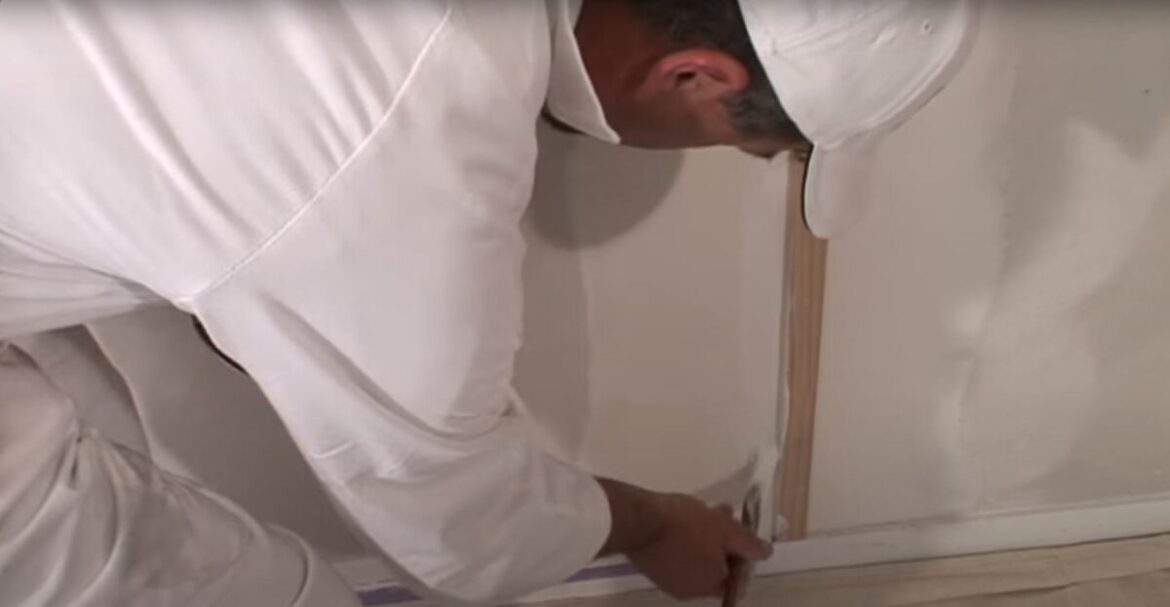Can You Paint Straight Onto GIB?
Painting Directly on GIB: An Expert’s Guide
Understanding GIB Boarding
GIB, commonly known in other parts of the world as drywall or plasterboard, is a popular building material used for interior walls and ceilings. Its composition includes gypsum sandwiched between two outer layers of lining paper. In the bustling streets of Warkworth, homes flaunt interiors adorned with intricately designed GIB walls, while in the scenic suburb of Orewa, residents appreciate the smooth finish of properly treated GIB.
To Prime or Not to Prime
A common misconception is that one can simply apply paint directly onto a new GIB surface. The reality, however, is that new GIB is highly porous. Painting directly can lead to uneven paint absorption, resulting in a blotchy appearance. For best results, GIB should first be sealed with a primer. The primer acts as a barrier, ensuring even paint absorption and adhesion, giving you that smooth finish sought after in modern homes.
Different GIB, Different Needs
There are various types of GIB boards available, from standard to those specifically designed for wet areas, like bathrooms or kitchens. Each type might require a slightly different approach:
- Standard GIB: Requires a general primer before painting.
- Aqualine GIB: Used in wet areas, it’s crucial to use a mould-resistant primer to prevent any potential mould growth.
- Fire-rated GIB: Specialised for areas needing fire resistance. While it can be painted like standard GIB, ensure you’re not using flammable primers or paints that could compromise its fire-resistant qualities.
Health and Safety Considerations
Engaging with any construction or renovation task requires safety precautions. Here’s what you need to know:
- Ventilation: Always ensure the area is well-ventilated when painting. Paint fumes can be harmful over extended periods.
- Protective Wear: Always wear gloves, safety glasses, and preferably a mask when sanding and painting.
- Ladders: If working on high walls, ensure ladders are stable. Never over-reach; instead, move the ladder as needed.
Benefits of Hiring Professionals
While painting GIB might seem straightforward, achieving a seamless and professional finish requires skill. Here’s why hiring professional GIB installers, like Your Plasterers Auckland, is advantageous:
- Expertise: Professionals know the intricacies of the job and can advise on the best paints and primers to use.
- Time-saving: Save yourself the time and hassle; professionals work efficiently, ensuring a quick turnaround.
- Quality Finish: Benefit from a high-quality, smooth finish that only experts can guarantee.
GIB in Different Climates
GIB behaves differently in various conditions. For example, the humid climate of Orewa may require extra measures to prevent mould, while the drier environment in Warkworth may demand special attention to prevent GIB from becoming too dry before painting.
Wrap-up and Recommendations
If you’re on the fence about painting GIB yourself, remember the nuances and technicalities involved. Achieving that perfect, smooth finish demands knowledge, patience, and the right materials. For a hassle-free experience and guaranteed results, consider hiring experts like Your Plasterers Auckland. They understand the specific needs of Auckland’s various suburbs and are equipped to ensure your walls not only look great but stand the test of time.
Frequently Asked Questions on Painting Directly on GIB
What is GIB board?
GIB board, also known as plasterboard or drywall in other regions, is a prevalent material for interior walls and ceilings. It consists of gypsum sandwiched between two outer layers of lining paper.
Can I paint directly onto new GIB?
It’s not recommended. New GIB is highly porous, which can lead to uneven paint absorption. For optimal results, it’s best to first seal GIB with a primer.
Why is a primer necessary for GIB? A primer acts as a barrier, ensuring even paint absorption and adhesion on the GIB surface, resulting in a smooth and consistent finish.
Are there different types of GIB boards? Yes, there are several types, including standard GIB, Aqualine GIB for wet areas, and fire-rated GIB, each with unique properties and requirements.
How does the type of GIB affect the painting process?
Each GIB type might require a different approach. For instance, Aqualine GIB, used in wet areas, benefits from a mould-resistant primer, while fire-rated GIB requires non-flammable primers or paints.
Are there any health and safety concerns when painting GIB?
Always ensure proper ventilation due to paint fumes. Wear protective equipment like gloves, safety glasses, and masks, especially when sanding. When working on high walls, ensure ladders are secure and avoid over-reaching.
Do professionals offer better results than DIY?
Professionals bring expertise and knowledge about the best paints and primers for GIB. Hiring professionals often ensures a high-quality, smooth finish and can be more time-efficient.
How does climate affect painting GIB?
GIB can behave differently in varying conditions. For instance, humid climates may require extra mould precautions, while drier climates may necessitate preventing the GIB from drying out too fast before painting.
Is it necessary to sand the GIB before painting?
Sanding ensures a smoother surface, which leads to a better paint finish. However, always wear a mask during the process to avoid inhaling the dust.
How long should I wait before painting over the primer on GIB?
Typically, you should wait 24 hours for the primer to fully dry, but always refer to the primer manufacturer’s instructions.
Can I use any paint on GIB?
While most interior paints are suitable, it’s essential to ensure the paint is compatible with the primer used and appropriate for the specific GIB board type.
What if I spot imperfections after painting?
Minor imperfections can be sanded down and repainted. For more significant issues or if unsure, consult a professional.
How long does painted GIB last before needing a repaint?
The longevity of painted GIB depends on factors like the quality of paint used, the environment, and wear and tear. Typically, interiors may need repainting every 5-10 years, but high-traffic areas might require attention sooner.

